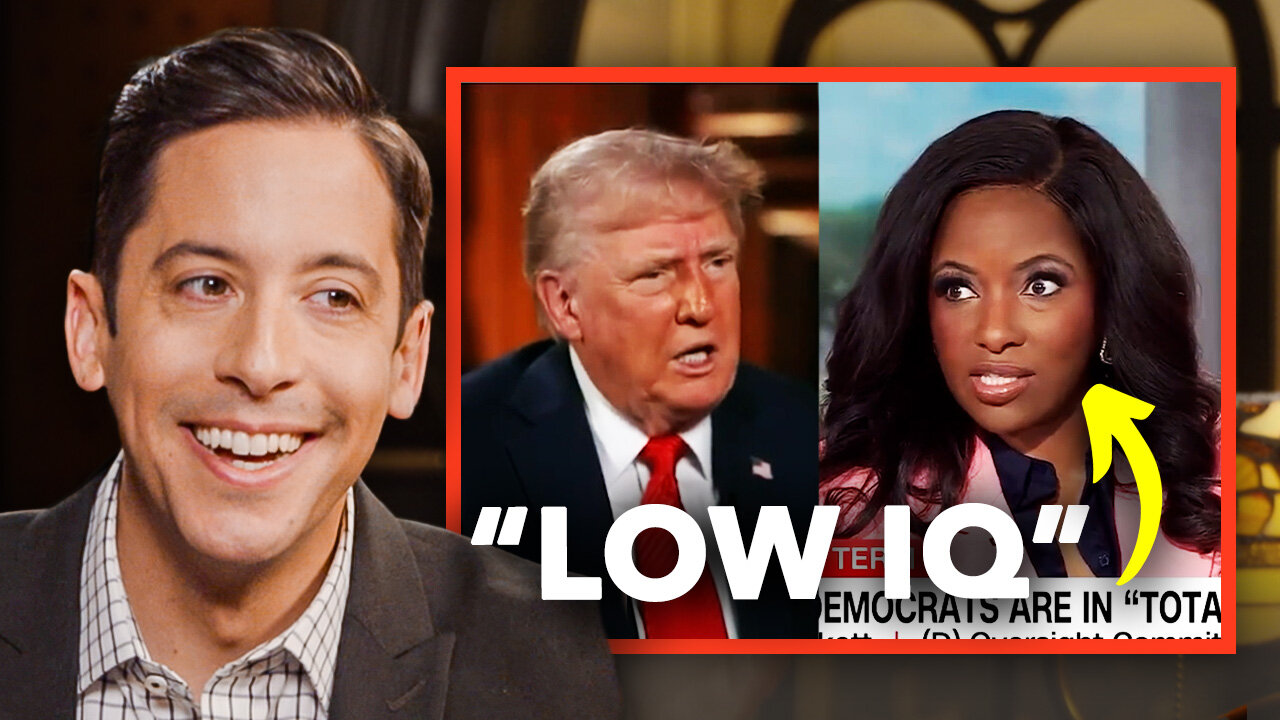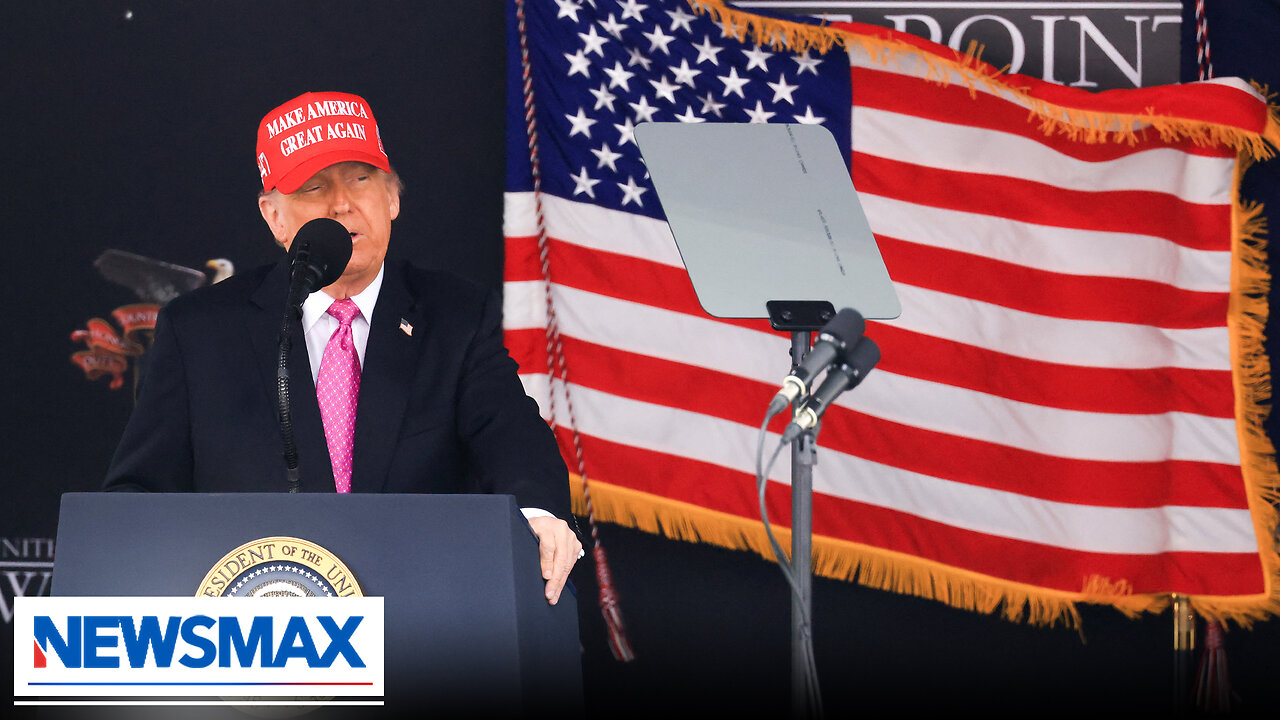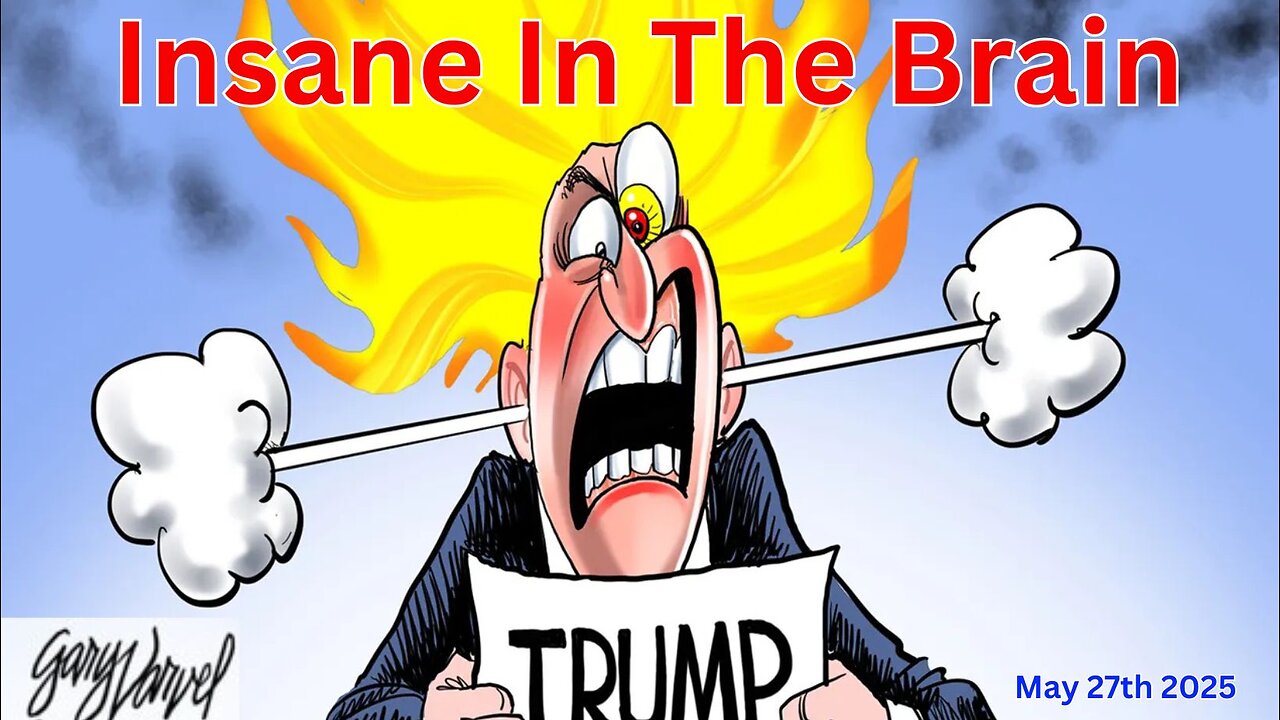Trump’s AI vision: End Biden’s tyranny, restore fairness in tech


Donald Trump’s most significant campaign promise for AI is to repeal Joe Biden’s pernicious Executive Order 14110, a 63-page document laying out an expansive vision for the regulation and control of artificial intelligence. Biden’s top-down approach steers AI policy straight into unnecessary debates, with sections for equity, climate change, and hypothetical existential risks. It is no surprise that undoing the positions and timelines of the Biden EO is Trump’s priority.
Trump’s recent proposal for an “AI czar” represents a bold strategy to repeal President Biden’s executive order on artificial intelligence and its consequences. This approach would appoint a leader to challenge the administrative state and counter the regulations enacted under Biden, which could potentially be cemented in future administrations.
To advance his agenda and safeguard internet freedom, Trump must repeal the Biden EO and remain vigilant against future efforts to censor conservative thought in AI models.
In his November victory, Trump gained support from voters who prefer alternative media platforms like X and podcasts with minimal censorship. Conservatives now face the challenge of preserving these spaces as AI technology becomes more widespread.
Logistically, fully repealing the Biden EO and its downstream effects is a complex undertaking. The EO set goals and deadlines for executive branch agencies to produce reports and issue internally binding guidance. It also established committees, partnerships, and new rulemaking processes across the federal government.
The order has significantly reshaped regulatory agencies, including the National Telecommunications and Information Administration, the Office of Management and Budget, and the National Institute of Standards and Technology. These changes have drawn criticism from various sectors.
Biden’s executive order has firmly embedded itself within the administrative state in just one year. But repealing the order alone will not reverse the extensive regulations imposed by the administration on AI models. The Trump administration will need to take additional action to dismantle these deeply entrenched policies.
The Biden executive order has also influenced at least one major AI company: Google. Google’s AI model, Gemini, faced backlash earlier this year for its forced racial balancing in images, resulting in historically inaccurate depictions, such as black Nazis and female founding fathers. A paper published by Google in early 2023 outlined techniques used to embed left-leaning political bias, particularly on matters of race and sex. More importantly, however, the company openly stated it was adhering to the requirements outlined in Biden’s executive order.
OpenAI and Anthropic partnered with the controversial U.S. AI Safety Institute, allowing it to audit their models. However, the AISI has not disclosed the specific changes it recommended or how those suggestions may have influenced the political bias in AI models. Research conducted in July revealed that “[Large Language Models] exhibit a political leaning towards the Democratic nominee,” while a journalist’s experiments in October confirmed that “The AI Chatbots Are Rooting for Kamala.”
Simply repealing Biden’s executive order is unlikely to reverse its political effects. While it may halt new rulemaking, it often does not undo regulations already established under the order. Trump’s agency appointees must actively identify and dismantle measures enacted under the Biden EO. This is where an AI czar becomes essential.
Trump’s first step should be banning the equity, climate, "algorithmic justice," and "AI safety" goals, audits, and nonprofits tied to the Biden executive order. This would stop the creation of new censorship tools and explicitly prohibit existing guidance justified by the Biden EO. It would also direct executive agencies to reverse guidance entrenching left-wing ideas, which effectively suppress conservative viewpoints.
Republican Texas Senator Ted Cruz’s amendment to the Future of AI Innovation Act demonstrates how to dismantle DEI and equity-based standards in federal AI policy. To strengthen these efforts, the president can issue explicit bans on the use of datasets and metrics that enforce equity standards. Metrics such as “WinoBias,” “RealToxicityPrompts,” and “Bias Benchmark for Question Answering,” cited in Google’s Gemini paper, are examples of tools used to align AI models with the Biden executive order’s equity goals. These tools induce forced racial balancing, likely contributing to Gemini’s production of ahistorical images.
Federal agencies often resist Trump-era policy initiatives, necessitating rigorous oversight of government-conducted AI audits. Scrutiny is essential to prevent interference with AI models, akin to the agency meddling with social media documented in Murthy v. Missouri. At a minimum, Trump should mandate that all feedback agencies provide to AI developers be published transparently.
Legally, these measures are no more complex than repealing Biden’s executive order. To advance his agenda and safeguard internet freedom in the AI age, Trump must repeal the Biden EO, implement changes to reverse its downstream effects, and remain vigilant against future efforts to censor conservative thought in AI models.
Originally Published at Daily Wire, Daily Signal, or The Blaze
What's Your Reaction?
 Like
0
Like
0
 Dislike
0
Dislike
0
 Love
0
Love
0
 Funny
0
Funny
0
 Angry
0
Angry
0
 Sad
0
Sad
0
 Wow
0
Wow
0




































































